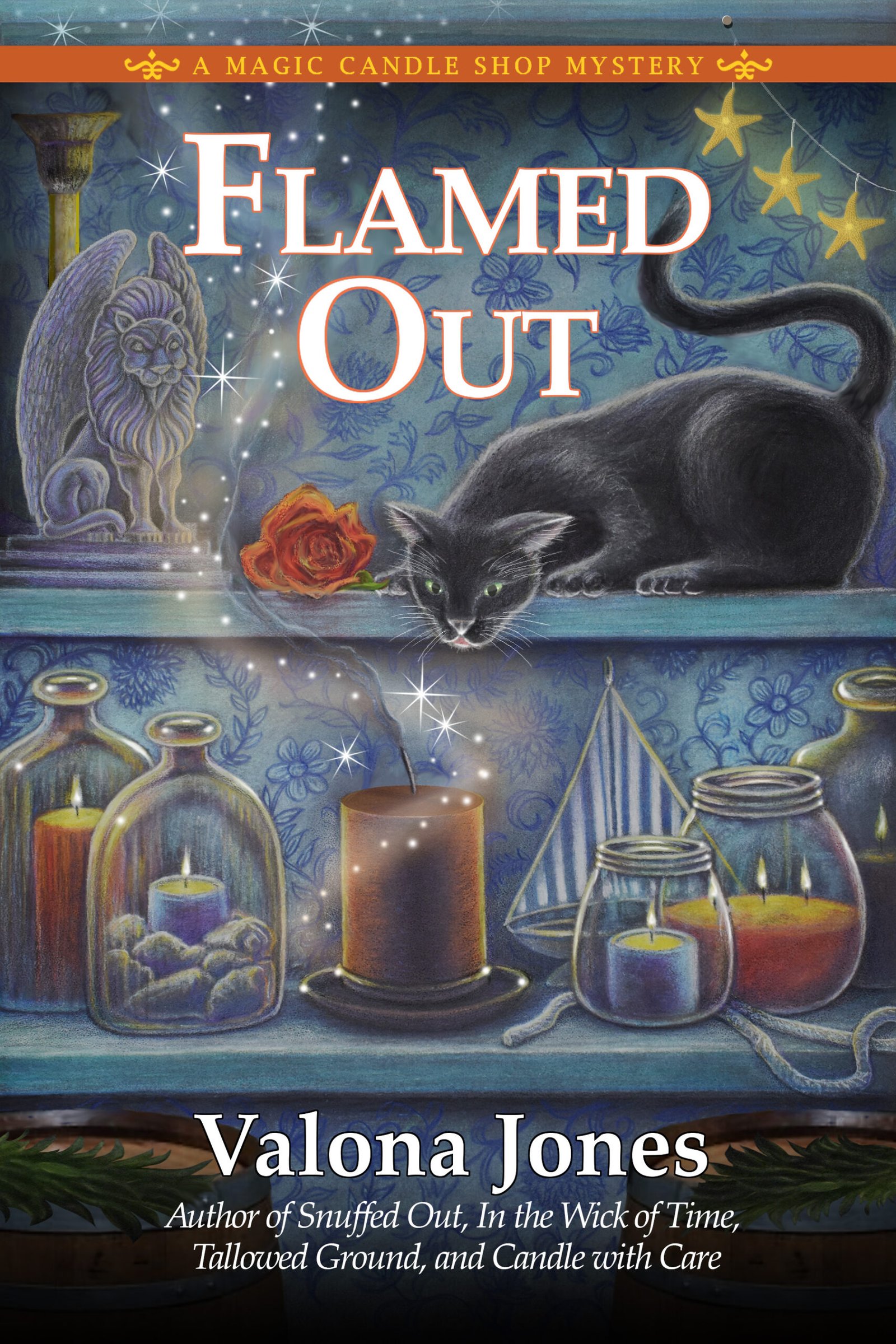Our writing secrets revealed!

- Terry Ambrose:
I take about a month to plot a mystery. During that time, everything I know about the story goes into a timeline so that it can be categorized, organized, and picked apart. The key phrase in that sentence is “everything I know.” Time and again, I’ve thought I knew every detail of a story. But when I start writing, details start cropping up. Sometimes, those details are small, but sometimes, they’re huge. In one of my recent books, I even changed the killer. So, I’m mostly a plotter, but I also don’t argue with the muse when she shows up and says, “Hey! This is better!”
- Nancy J. Cohen:
The red herring is often the most obvious suspect. Planting clues about the villain has to be subtle or not seem important at the time. I start by deciding upon a victim and then determine who among their friends or associates might have a motive to want them dead. I’ll assign everyone a secret, which may or may not relate to the murder. Then I entwine the relationships to distract the reader until the final reveal.
- Debra H. Goldstein:
I’m a pantser at heart. When the story is flowing, the clues and red herrings seem to fall in naturally. Occasionally, I have to go back and either make them more obvious or obscure, but normally, they are there. Once, when a book wasn’t working because I was trying to push the wrong killer, I threw out half the pages as I pivoted to a new killer – and I discovered the clues and red herrings were already incorporated into the text.
- Cheryl Hollon:
As a retired aviation engineer, I am most comfortable using an Excel spreadsheet to track the plot of my mysteries. I spend about a month or more filling out all sorts of details about plot, character foibles, motives, atmosphere, and — well, everything. Everything. It’s all in there.
- Diane A.S. Stuckart:
With few exceptions I’m a tried-and-true pantser. I know how my story starts and usually how it ends, but that leaves all the “middle stuff” that I must figure out as I write. Once I type The End, I go back through the manuscript to beef up clues and add red herrings. And often by that point I also have changed the identity of my murderer from the original Character A to new Character B. I figure if I’m surprised at who actually dunnit then my readers will be, too.
- Maggie Toussaint:
I began writing coming from a scientific career and fully immersed in the Scientific Method. It didn’t take long for me to realize that I would rather write the story without everything plotted in stone. That was creating freely and scared me every time I sat down to write. I had to compromise. Before I write, I list a few turning points in the story, and I write to each of those points. As for red herrings… I make my suspects all guilty as sin so that it is harder for readers to guess whodunnit ahead of time.
- Lois Winston:
I don’t plot. I’m what’s known as a “pantser,” someone who writes by the seat of her pants. When I begin a book, I have a general idea of who the murder victim will be, but that’s about it. I often don’t know the killer until at least halfway through the book. The clues I lay out become red herrings for all but the one person who winds up being the killer. I figure if I’m surprised as I write the book, readers should be surprised as they read it.







I find it interesting that we all came to writing from different backgrounds and different preferences. And with such a set story structure for cozies it is nice to see this variety of rationales and techniques. Again, no one way is better or worse. It’s all about what works for the individual writer. Seems like there’s a basic genre list of things to incorporate, and that can be done freewheeling or with copious notes, but flexibility is inherent in every method. That’s something I’ve come to cherish about writing. If something doesn’t feel right, you can rework it or toss it. Yep. Flexibility in writing style is a big deal for authors.
So very interesting!!!
Thank you for sharing!!! Really and always enjoy reading your answers to the questions!
Have a wonderful day everyone!!